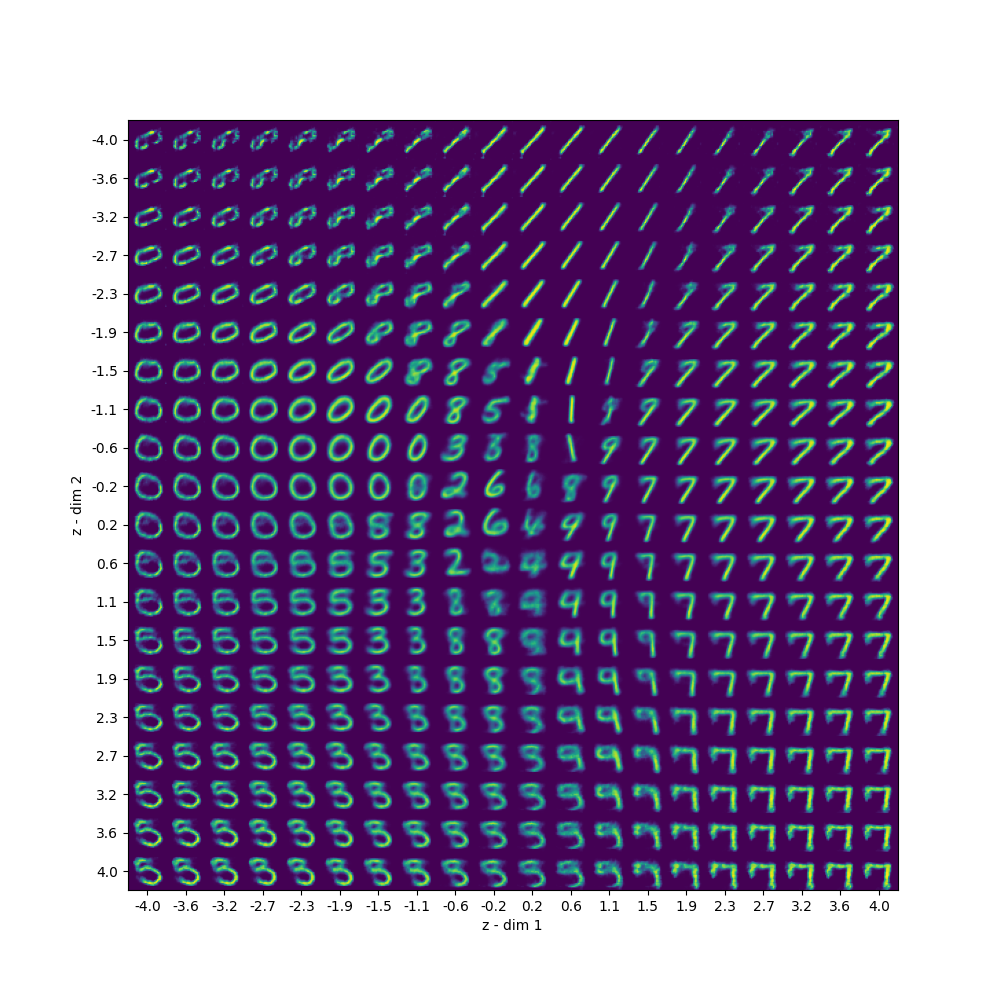
Seq2Seq Models in Machine Learning
Seq2Seq models, which we also know as encoder-decoder models, consist of two main components:
- Encoder, which processes the input sequence and creates a context vector.
- Decoder, which generates the output sequence using that context vector.
In addition, they are very useful for handling variable-length input and output sequences, making them applicable to a wide range of problems.
In the early stages of deep learning, models focused on simpler tasks such as classification and regression.
However, as research progressed, there was a growing need for advanced models capable of handling sequence-to-sequence tasks.
To clarify, these tasks involve transforming an input sequence into an output sequence, often with different lengths and structures.
Therefore, Seq2Seq models emerged as a solution to these complex tasks, bringing a new level of sophistication in deep learning.
Further in this article, we’ll talk about variations and improvements, and explore use cases and practical applications. We’ll also look into the inner workings of these models and highlight the innovations that have made them so effective.
Seq2Seq Model Architecture
The architecture of Seq2Seq models is designed to efficiently process input sequences and generate corresponding output sequences.
1. Encoder
The encoder processes input sequences and compresses them into a fixed-size context vector.
Furthermore, it processes them using recurrent neural networks (RNNs), long short-term memory (LSTM) networks, or gated recurrent units (GRUs).
After that, decoder uses this context vector to generate the output sequence.
Moreover, this two-step process allows the model to handle complex relationships between input and output sequences.
2. Decoder
Its meant to generate the output sequence, one element at a time, using the context vector and its previous output.
Moreover, this sequential generation process allows the model to produce output sequences that correspond to the input sequence in a meaningful way.
The decoder also uses RNNs, LSTMs, or GRUs to generate output sequences.
We also add a softmax layer to produce probabilities for each possible output element. Thus allowing the model to select the most likely option at each step.
Additionally, decoder uses the context vector as an initial hidden state to generate the output sequence.
Therefore, it serves as a source of information from the input sequence. Which also allows the decoder to generate output elements that are contextually relevant and coherent.
Variations and Improvements of Seq2Seq Models
Researchers have developed various improvements and variations of Seq2Seq models to address their limitations and enhance their performance.
1. Use of Attention Mechanisms
We can incorporate these into Seq2Seq models to further improve their performance by allowing the decoder to focus on relevant parts of the input sequence at each decoding step.
In other words, they enable the decoder to weigh the importance of different parts of the input sequence when generating the output.
This dynamic weighting process allows the model to generate more accurate and coherent output sequences, particularly for long input sequences.
2. Use of Bidirectional RNNs in the Encoder
We can use Bidirectional RNNs in the encoder to capture information from both the past and future context of the input sequence. Thus, providing a more comprehensive representation of the input.
They also address the limitation of unidirectional RNNs, which only capture information from the past context, potentially missing important information from the future context.
3. Use of Beam Search during Decoding
Beam search is a search strategy, we can use during decoding to generate higher-quality output sequences.
Furthermore, beam search addresses the limitation of greedy decoding, which selects the most likely output element at each step. Therefore, potentially leading to suboptimal output sequences.
To clarify, it maintains a set of candidate output sequences, expanding them at each step and keeping the top-k most probable candidates.
This process results in better output sequences compared to greedy decoding, as it explores a broader space of potential outputs.
Practical Applications of Seq2Seq Models
Seq2Seq models have been successfully applied to various tasks, demonstrating their versatility and effectiveness in addressing complex sequence-based problems.
1. Seq2Seq Models for Machine Translation
They have been successful in addressing the challenges of machine translation, such as dealing with different word orders and handling idiomatic expressions.
In essence, this task requires understanding the input text’s meaning and generating an accurate and coherent translation.
Seq2Seq models can learn to map input sequences in one language to output sequences in another language, capturing the underlying structure and meaning. Attention mechanisms and bidirectional RNNs further enhance the model’s ability to generate accurate translations.
2. Seq2Seq Models for Summarization
They’re also useful for summarization tasks, where the goal is to create a shorter version of a given text while preserving its main ideas.
In other words summarization requires understanding the input text, identifying the most important information, and generating a coherent and concise summary.
Therefore, this task demands both information extraction and language generation capabilities.
In order to address these requirements, we use attention mechanisms to improve the model’s ability to focus on the most important parts of the input when generating the summary.
3. Seq2Seq Models for Dialogue Systems
In dialogue systems (chatbots), they enable more natural and coherent conversations with users.
Furthermore, this task involves both language understanding and generation capabilities, as well as the ability to maintain context across multiple exchanges.
To this end, we use attention mechanisms, which can help the model to focus on the most relevant parts of the conversation when generating responses, while bidirectional RNNs can provide better context representation.
4. Seq2Seq Models for Image Captioning
We can also see their application in image captioning, where the goal is to generate a description of an image.
Moreover, this task requires understanding the visual content of an image and generating a coherent and accurate textual description.
Thus, it combines computer vision and natural language generation. Therefore it calls for a model that can bridge these two domains.
By combining convolutional neural networks (CNNs) for visual feature extraction with Seq2Seq models for caption generation, image captioning systems can create accurate and relevant textual descriptions of images.
Additionally, attention mechanisms can help the model to focus on the most important parts of the image when generating the caption.
Conclusion
To conclude, Seq2Seq models play a crucial role in various sequence-to-sequence tasks, with their key components and variations allowing them to excel in a wide range of applications.
Practical applications and examples of Seq2Seq models demonstrate their versatility and effectiveness in tackling complex problems.


